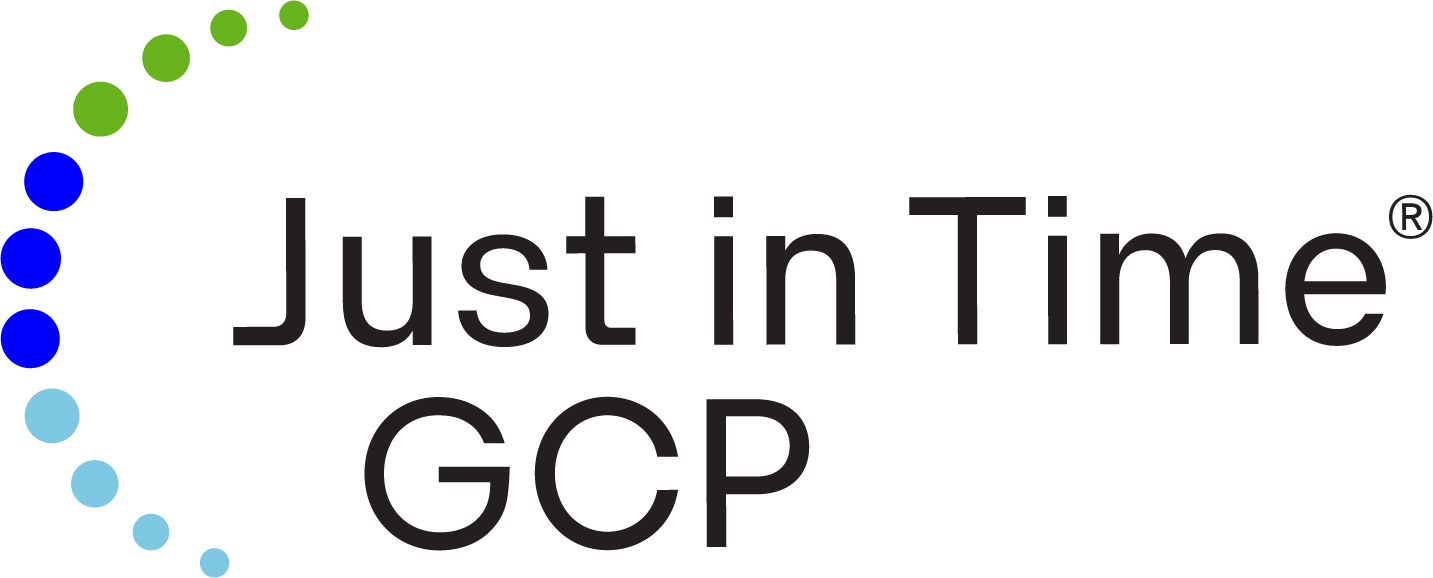There are different types of quality checks performed on TMF content. Uploaders should perform a record quality check prior to uploading a record. Records should go through some type of quality check (QC) workflow post upload. Additionally, there should be periodic risk based completeness checks of the TMF through-out the life of the study. Finally, an Inspection Readiness review may be indicated for some studies. This concept of an inspection ready TMF can be overwhelming at times and certainly can appear resource intensive if not adequately defined and to some degree based on risk. However, a TMF with inadequate quality checks can put an organization at risk, since regulatory inspection are driven by more than a regulatory filing. Today, health authorities are performing TMF inspections as part of routine Good Clinical Practice (GCP) oversight.
1. Pre-Upload Record Quality Check
A record should be reviewed by the uploader prior to upload to confirm that it is the intended record for upload and that it is a high quality, complete, and final record. A record in the TMF should be a high quality record. This means that the footers and headers are accurate, all of the pages are present, signatures are complete, and no unintended track changes are in the document. It is also important that the document meets your organization’s requirements for Good Documentation Practices (GDP). Often records are uploaded that do not meet an organization’s quality requirements and end up being rejected during the quality review workflow within the TMF. This results in time consuming efforts to remediate documents within the TMF.
2. Post-Upload QC Workflow
Once uploaded into the TMF, metadata is applied to the record including filing location and document date. The record is often placed into a QC workflow where a second document review takes place and metadata is reviewed against the document to confirm that it is in alignment with the content of the document and business rules for the TMF. This is a critical quality check because a misfiled document is a missing document. If an inspector is unable to find a document in it’s anticipated filing location, then it will be considered a missing document. In addition, if documents are consistently found in unintended filing locations, it can raise question as to the quality of the overall TMF.
3. Periodic Completeness Reviews
Through-out the study there should be a completeness review performed of the TMF. This is important for several reasons. Gathering documents at the end of the study can be time consuming and often not realistic. As sites are closed, it becomes increasingly difficult to gather missing documents. Ongoing completeness reviews also holds all parties accountable for the timeliness of filing documents in the TMF.
Completeness review is not a checklist review, but a series of cross checks based on the risks of the study. An example of a cross check review is checking for sub-investigator CVs, Financial Disclosure Forms, protocol training, and presence on the Delegation of Authority log for all sub-investigators listed on the Form FDA 1572. It is checking for IRB submission and approval, health authority submission and acknowledgement, Investigator Protocol Signature Page, and protocol training for all protocols and amendments. A completeness review may include running an export and creating a pivot table to look for unexpected gaps in content or presence of content in unexpected artifact locations. Plans for completeness review should be defined within the study specific TMF Plan.
Completeness review also includes review for content based on certain events or milestones. For example, if site to site transfer of Investigational Product occurs during a study, then the site files are checked to confirm that the associated documentation is present in the TMF. Once a completeness review is performed, then queries are issued to all relevant parties to collect content identified as missing. During completeness review, misfiled records or incorrect metadata should be queried for correction. Based on findings from completeness review, additional reviews may be expanded to ensure that the TMF remains inspection ready through-out the life of the study.
4. Inspection Readiness Review
For studies that are anticipated to be inspected as part of health authority filing, an additional inspection readiness review (IR) may be indicated with more of a GCP focus. Requirements for this type of review are often defined within a TMF Inspection Readiness Review Plan. This is a risk based review of high, medium, and low risk sites based on the risk of the site for inspection.
After each high risk site is reviewed, a summary of the findings is prepared to assist the organization in preparing the investigator site for potential health authority inspection. This is a review of critical records as anticipated for review as part of the inspection. This may include review of monitoring visit reports for high risk sites to confirm that all GCP actions have been completed including such items as submission of protocol deviations to the IRB/IEC and submissions of serious adverse events to IRB/IEC in a timely matter. It often includes an IP reconciliation which often occurs during a health authority inspection. Gaps in accountability can be addressed and documented within the TMF.
Medium and low risk site reviews are less, but still ensure that the core site documents are present. IR may also include reviewing meeting minutes to identify issues that may have occurred during the study and then checking that actions taken to resolve the issues are documented within the TMF. It may include review of study communications for high risk sites to confirm that all issues have been adequately resolved. This type of review generally identifies potential GCP issues that may come up during an inspection and allows the organization to ensure that documentation of how these issues were resolved is present in the TMF. This type of review is also helpful when there have been changes in key study team members through-out the study. Reviewing the story of the TMF assists the current study team in being better prepared for the potential inspection.
The Importance of Documenting Review Plans
Whatever the plans for review, it is important that it is documented within procedural documents or an appropriate study plan. By establishing expectations within a plan, it ensures that all parties are adequately informed with respect to expectations and that the review is performed in a standard approach. Just in Time GCP is experienced in establishing processes for and performing all of these types of review. We would welcome the opportunity to discuss your organization’s needs with regards to inspection readiness.

